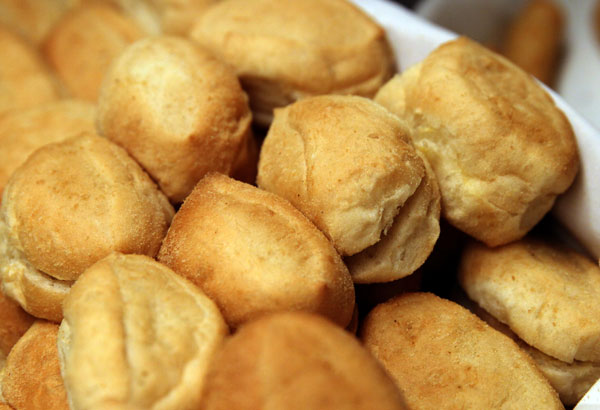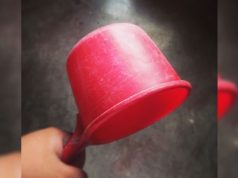A Twitter user from England who posted a photo of bread and calling it a muffin has sparked an online debate about the different types of bread made by cultures all over the world and the various names they go by.
People who call it a breadcake scare me, it’s a muffin pic.twitter.com/6cIjtUkz7x
— Georgia?x (@Georgia203) June 1, 2018
Filipinos were quick to jump in on the debate saying that it’s either “monay” or “pan de sal” in the Philippines.
To reinforce her stance that it is a muffin, she added another photo of what appeared to be the same type of bread product with a label saying “4 Oven Bottom Muffins.”
This seemed to start the confusion as many users were quick to criticize that the user is wrong, while others suggest other names for the bread in the photo, such as bacon muffin, barm and batch.
it's either monay or pandesal what are you guys talking about https://t.co/kYyea0JI50
— 슈퍼리더형 (@myeontague) June 4, 2018
Both mainstays in bakeries, the pan de sal is dark brown in color while the monay is brownish, soft and known for the split or indent feature in the middle.
Long-time Filipino favorites
Pan de sal means “bread of salt” in Spanish because of the pinch of salt normally added to the dough.
Based on the local food blog Pepper.ph, the old version of pan de sal is made with wheat flour which makes it hard and crusty, compared to the softer ones commercially sold today.
Meanwhile, monay is originally called “pan de monja” or “nun’s” bread and considered as “the mother of all Filipino breads” in the Philippine baking industry for the variety you may create by simply modifying the recipe.
Changing monay’s water content, proofing and baking time can produce offshoots such as the “pan de putok” (known for their cracked or exploded tops), the “sputnik” (baby buns) and the “pinagong” (turtle-shaped bread mostly found in Sariaya, Quezon), wrote Serna Estrella in the article.
How monay and pan de sal were introduced to Filipino bakeries is not clear, but it may have been part of the country’s bread culture, along with other panaderia goods, since the first bakery was put up by the Spanish government in 1631.
Filipinos traditionally eat monay and pan de sal with a cup of coffee.
Breadcake is British in nature
One of the users who replied in the viral post seemed to argue that the breadcake claim is British in nature by sharing an infographic of confusing types of bread in Great Britain.
Based on a report, it seems that British people have different ways to describe their own bread in terms of location, which include lardy cakes and morning rolls.
In 2013, there was also an online debate in social media featuring a stock photo of a similar type of bread in Yorkshire, England.
Yorkshire! WHAT'S THIS?
Breadcake? Teacake? Roll? Scuffler? Bap? ? pic.twitter.com/DmkI50L8Mg#YorkshireBreadDebate— YORKSHIRE SLANG (@YorkshireSlang) May 31, 2013









